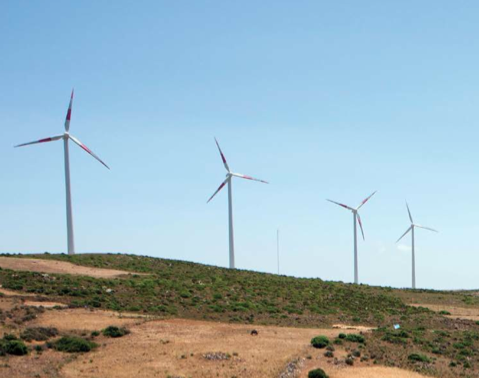New revised guide helps LDCs navigate INDCs

REPORT: New revised edition of the guide helps Least Developed Countries navigate ‘Intended Nationally Determined Contributions (INDCs)’ and it is also available in French.
CDKN and Ricardo-AEA have revised their popular Guide to INDCs,which helps countries to prepare their Intended Nationally Determined Contributions (INDCs) for the UNFCCC.
This new edition of May 2015 has been revised following discussions with stakeholders and includes new material and specific examples for Small Island Developing States (SIDS) – in addition to its original focus on Least Developed Countries (LDCs). In response to strong demand from Francophone countries, we are also delighted to offer this revised edition in French: Guide de Préparation des INDC. We expect to issue a Spanish language version shortly (visit also www.cdkn.org/indc for more resources).
INDCs are contributions by the Parties to the UNFCCC towards achieving the ultimate objective of the Convention: to prevent dangerous human interference with the Earth’s climate.
The UNFCCC has invited all Parties to communicate to the secretariat their INDCs “well in advance of COP 21” and it will prepare by 1 November 2015 a synthesis report on the “aggregate effect of the INDCs” that have been submitted before 1 October.
LDCs have contributed less to current global emissions that other countries; so the burden of cutting emissions will rest with major economies. However to avoid dangerous levels of global warming, all countries will have to play a role, and the UN has communicated that LDC contributions towards a global agreement should ‘reflect their special circumstances’.
Many LDC governments are preparing INDCs and see the advantages in doing so:
-
demonstrating that their plans for economic growth are compatible with low-carbon, climate-resilient development;
-
highlighting how climate mitigation actions can be planned in ways that enhance climate adaptation, and deliver other immediate benefits to society, such as poverty reduction, improved public health, energy accessand energy security;
-
capturing the potential for reducing or avoiding greenhouse gas emissions in climate adaptation plans and programmes;
-
encouraging other countries to take equivalent action, and so increasing global ambition and reducing climate impacts; and
-
attracting financial, capacity-building, technology transfer and other types of international support. At present, there is no formal,standard template for INDCs. This guide seeks to address the broad range of approaches being considered by LDCs in preparing their INDCs, including the challenges they face and different national circumstances and levels of capacity, preparedness and ambition. The Guide to INDCs provides a practical example of how an INDC could be structured, with examples to illustrate a narrative and sources of background information. The guide responds to requests from LDC governments for suitable guidelines.
At present, there is no formal, standard template for INDCs. This guide was initiated at the request of some LDCs for practical guidance, tailored to their needs. As such it seeks to address the broad range of approaches being considered by LDCs in preparing their INDCs, including the challenges they face and different national circumstances and levels of capacity, preparedness and ambition.
“While many of the LDCs we work with are keen to show their commitment to a global ambitious deal on climate change, many are struggling to put together their national contribution as the current guidance is insufficiently detailed,”said Kiran Sura, CDKN’s Head of Advocacy Fund for Negotiations Support. “We hope this guidance and template, built from CDKN and Ricardo-AEAs experience of supporting LDCs over many years, will be a useful tool to help bridge this gap”. The Guide to INDCs provides a practical example of how an INDC could be structured, with examples to illustrate a narrative and sources of background information.
The Guide to INDCs is not an official publication of the UNFCCC, nor is it endorsed by the UNFCCC. However, it was developed in consultation with a range of stakeholders, including authors of existing INDC guidance, representatives from LDCs, and organisations working with CDKN to support INDC preparations. It draws from the INDCs which have already been submitted, and a range of referenced literature. CDKN has also ensured that this template is consistent with existing guidance published by UNDP/GIZ and World Resources Institute, upon which they have built.
Contact
CDKN would like your feedback on the Guide to INDCs – including how they could improve it. They look forward to your comments and suggestions. Please send to your feedback by to:
Kiran Sura, Head of Advocacy Fund for Negotiations Support, CDKN. [email protected]
(0) Comments
There is no content